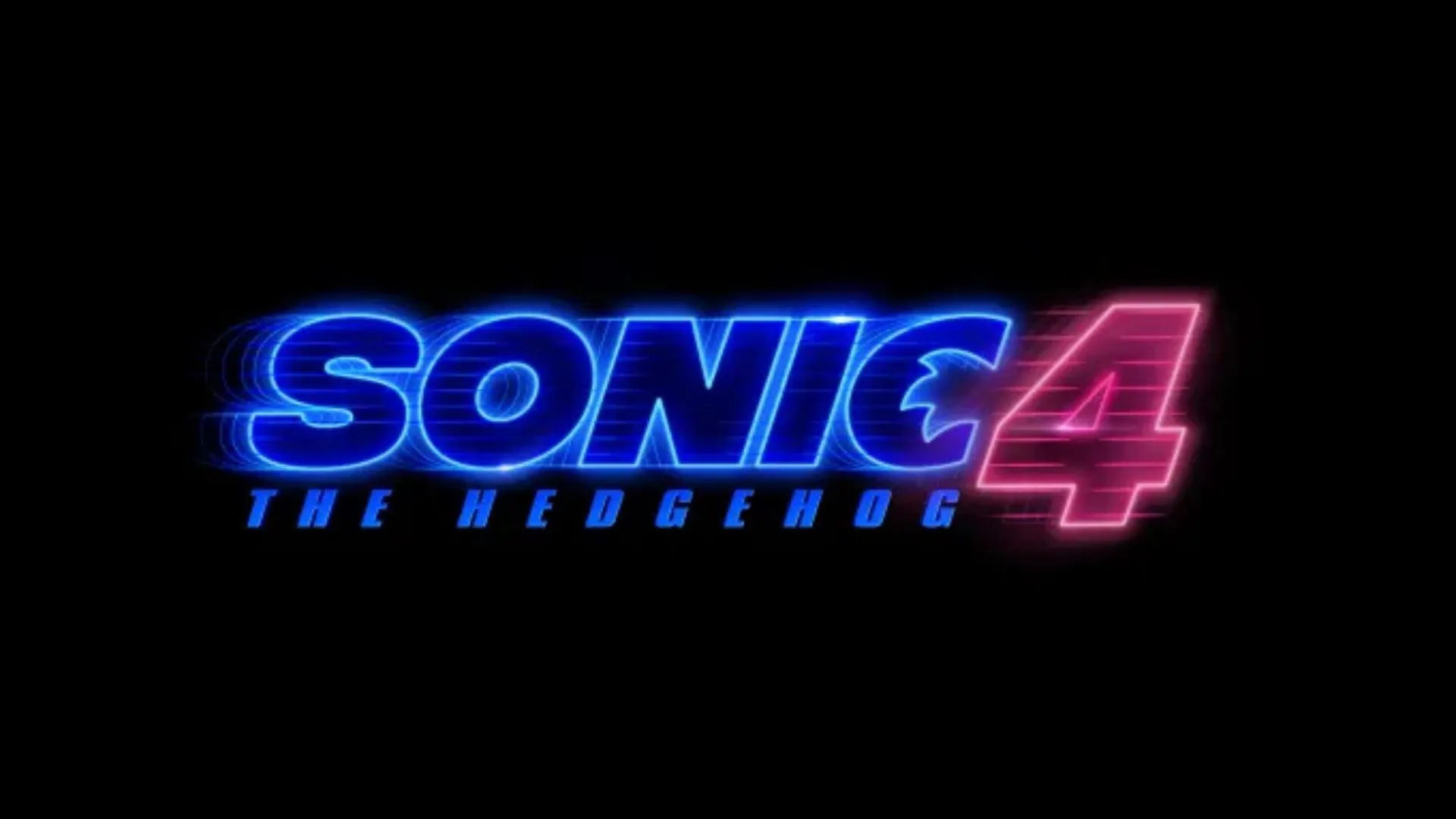Introduction
The world of finance is evolving rapidly, driven by technological advancements and the desire for more accessible and inclusive financial systems. One significant development in recent years has been the rise of decentralized finance, commonly known as DeFi. Initially centered around the Ethereum blockchain, DeFi has expanded to encompass various blockchain networks, including the emergence of DeFi protocols on Bitcoin exchanges. In this article, we will explore the growth, benefits, challenges, and future outlook of DeFi protocols on Bitcoin exchanges, with a focus on the innovative contributions of platforms like immediateprime.org.
The Emergence of DeFi Protocols on Bitcoin Exchanges
In its early stages, DeFi primarily focused on the Ethereum blockchain, given its programmability and smart contract capabilities. Ethereum became the foundation for several groundbreaking DeFi applications, such as decentralized exchanges (DEXs), lending and borrowing platforms, stablecoins, and yield farming protocols. However, as the DeFi space matured, developers started exploring opportunities beyond Ethereum.
DeFi’s Initial Focus on Ethereum
Ethereum’s native programming language, Solidity, and its vibrant developer community made it a natural choice for early DeFi pioneers. The composability and extensibility of Ethereum’s smart contracts allowed developers to create complex financial applications that could interact with one another, enabling new possibilities for innovation and experimentation. This led to the rapid growth of DeFi on Ethereum, with billions of dollars locked in various protocols.
Expansion to Other Blockchain Networks
As the demand for DeFi grew, developers sought to expand to other blockchain networks to overcome scalability issues and explore different use cases. Alternative blockchains, such as Binance Smart Chain (BSC), Solana, and Polkadot, emerged as popular choices for DeFi applications. These networks offered lower transaction fees, faster confirmation times, and improved scalability compared to Ethereum.
Bitcoin’s Entry into DeFi
While Bitcoin, the world’s first and most valuable cryptocurrency, was initially not directly associated with DeFi due to its limited scripting capabilities, developments in cross-chain interoperability have enabled the integration of Bitcoin into the DeFi ecosystem. Projects like RSK (Rootstock) have created sidechains that are pegged to the Bitcoin blockchain, allowing Bitcoin holders to access DeFi protocols and services. This convergence of the two ecosystems has brought new opportunities for Bitcoin holders to engage in DeFi activities while retaining ownership of their Bitcoin assets.
Benefits and Challenges of DeFi on Bitcoin Exchanges
The integration of DeFi protocols on Bitcoin exchanges offers several benefits and opportunities for users. However, it also poses certain challenges and risks that should be considered.
Increased Liquidity for Bitcoin Holders
By bringing DeFi to Bitcoin, holders of the world’s most recognized cryptocurrency gain access to increased liquidity and a broader range of financial opportunities. Bitcoin holders can now participate in lending, borrowing, yield farming, and other DeFi activities without converting their Bitcoin holdings to other cryptocurrencies. This not only provides additional income streams but also enhances the utility and value proposition of Bitcoin as a versatile asset.
Diversification of Investment Opportunities
Traditionally, Bitcoin has been primarily used as a store of value or a speculative investment. However, the integration of DeFi protocols on Bitcoin exchanges opens up new avenues for investment and diversification. Users can now explore yield farming strategies, stake their Bitcoin in liquidity pools, and engage in other DeFi practices to potentially earn higher returns on their assets. This diversification can mitigate risk and provide alternative investment options within the Bitcoin ecosystem.
Potential Security Risks and Smart Contract Vulnerabilities
While DeFi protocols offer exciting opportunities, they also come with inherent security risks. Smart contracts, the backbone of DeFi applications, are vulnerable to bugs and vulnerabilities that can be exploited by malicious actors. This can lead to significant financial losses for users. It is crucial for individuals to conduct thorough due diligence, review audits, and carefully assess the risks associated with specific DeFi protocols before participating.
Conclusion
The emergence of decentralized finance (DeFi) protocols on Bitcoin exchanges represents an exciting development in the evolution of the financial ecosystem. By bringing DeFi capabilities to the Bitcoin blockchain, users can leverage their Bitcoin holdings to participate in various financial activities, diversify their investments, and access new opportunities for growth and income. However, it is essential to approach DeFi with caution, conduct thorough research, and understand the associated risks. As DeFi continues to evolve, it holds the potential to revolutionize the financial landscape, bridge the gap between decentralized and traditional finance, and empower individuals with greater control over their financial assets.























